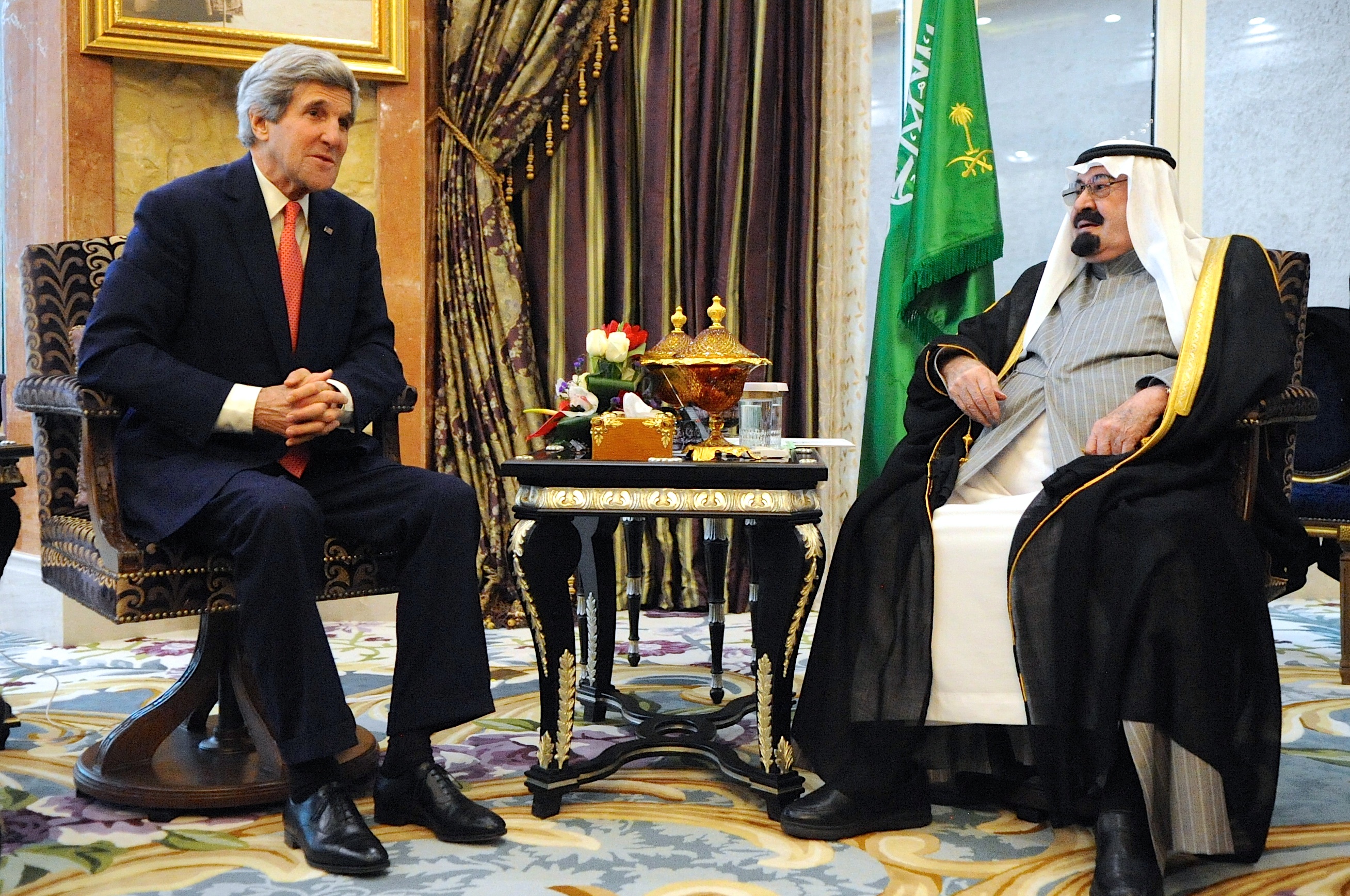
Despite starting out relatively peacefully, the conflict in Syria has escalated into civil war with over 10,000 civilians massacred by both government and anti-government forces alike. International debates over intervention have dominated the UN Security Council for months with the United States, United Kingdom, and their allies pushing to oust President Bashar al-Assad via NATO forces. On the other hand, China and Russia remain opposed, striking down three Security Council resolutions and arguing that these resolutions are blind support for the opposition.
But the gridlock-causing question remains, is intervention a reliable solution to the Syrian conflict? In the past year, many scholars have noted the complexity of this situation is partly due to ethnic tensions.
The country has experienced difficulties in satisfying the various ethnic groups for centuries, especially since 1970, when an Alawite Shia minority took majority control of the government. Under Hafez-al Assad, the Alawite Shia ethnic group, which makes up 12-13% of Syria’s population, took over the country under the Baathist Party. Hafez reigned until his death in 2000, when his son, Bashar al-Assad, ascended to power. Most of the officials in Assad’s Baathist Party came from the Alawite Shia minority including workers from every government sector ranging from intelligence and security services to social and financial systems.
Despite Syria’s ethnocentric governmental structure, other minority groups in Syria found a voice in Assad’s regime. For example, since the conflict started last year, ethnic minorities such as Christians, Druze, and Kurds have rejected the Free Syrian Army in its persistent attempts to overthrow the Alawite government. The Sunni majority population are the ones taking arm as the Free Syrian Army. With the government’s attacks focused on one ethnic group can the civil war be labeled as ethnic cleansing?
Trying to answer this vital question and understanding the role of ethnic conflict in the current Syrian civil war is useful. The two main groups fighting in the conflict are the old government regime and the newly founded Free Syria Army. The government is mostly made up of Alawite Shia, whilst the Free Syria Army is predominantly Sunni. Other ethnic minorities including non-Arabs and religious minorities including non-Muslims have been caught in the crossfire.
Recently, the New York Times published an article on the Kurdish component of the Syrian conflict. The Kurds are seeking an opportunity for autonomy in a post-Assad Syria, similar to the Kurdish movement for autonomy in Iraq following the fall of Saddam Hussein. The New York Times reports that the Kurds are not looking to join the fight to dismantle the Assad regime but are instead preparing for a much different fight afterwards.
The Kurdish preparation shows the ethnic instability that could take place if Assad is to fall. It is possible, that in the near future, Kurdish forces in Syria are preparing for a possible invasion by Sunni dominated Free Syria Army fighters. During the current conflict, Assad’s government forces have been allowed to use Kurdish areas to launch attacks against the rebels. Another factor is that the PKK, the Workers Party of Kurdistan, has been relatively soft on Mr. Assad in hopes of eventually gaining support for Kurds in their own conflict against Turkey. Turkey has openly supported the opposition in Syria and has also been involved in bloody conflict with Turkey’s Kurdish population for decades.
Another ethnic group caught in the midst of the Syrian civil war are the Armenian Christians. The Daily Star, a Lebanese paper, reported that members of the Free Syria Army shot at Armenians in the town of Aleppo on September 11 2012. The rebels blame the government for the attack and visa versa. Members of the Armenian Christian community have begun to arm themselves and many are also accepting arms from government forces. The Syrian government has won over the minds of many Armenians, telling them that the Turkish government is supporting the terrorists and that they should seek revenge for themselves.
The Kurds and Armenians are two of many ethnic minorities that have generally not taken sides in the Syrian conflict. There are clear positives to Assad being ousted from office relating to a building of a more ethnically tolerant environment. The most obvious benefit to a regime change is that it will give ethnic minorities a greater opportunity for legitimate voice.
Unfortunately, the chances for this breakthrough seem slim given the sectarian violence that extends beyond “government vs. rebel” parameters. Additionally, ethnic minorities fear a looming Islamist takeover of Syria once Assad falls. Since the Arab Spring began in December 2010, Islamist parties in Tunisia and Egypt have done remarkably well in elections and although they may seem moderate, an undoubtedly Islamic sharia influence is sweeping the Arab world. An Islamist takeover could be disastrous for Syria’s ethnically and religiously complex population, considering the historically low level of religious tolerance under Islamic governments.
Given the ethnic complexities to the conflict, the question of intervention must be examined very carefully. If Western forces are to oust Assad through military force, they must have a plan for a post-Assad Syria.
Military intelligence and policymakers must take a Sunni backlash seriously. Decades of abuse from the Syrian government has culminated in an emotional sentiment among a majority of Sunni civilians. A representative council consisting of multiple leaders from ethnic communities must be administered through a new government. This method could structurally mirror the attempt in Bosnia to create a multiethnic democracy after enduring genocide throughout the 1990s. Although it failed, the two situations differ greatly from one another. Syria cannot go back to being ruled by an Alawite minority and should avoid a Sunni dominated government that has not expressed clear intentions to create peace for all.
Syria’s fate could influence other regional states with similar ethnic tensions to move towards peaceful solutions. Once ethnic conflict subsides, it is much easier to reach a deal. Take Northern Ireland for example in the 1980s; once the Catholics and Protestants sorted out their massive ethnic differences, the IRA (Irish Republican Army) and Protestant paramilitary groups ceased the violence. If Sunnis, Shia and other groups find a political compromise that represents all actors, then a post-Assad government could work. Even if all of these ideological voices are heard, the question still remains of whether this hypothetical agreement should this be directed under the direction of Western forces, United Nations peacekeeping troops or the new Syrian army?
There are uncertain aspects of the conflict that Syria and the West face in any outcome. Most policymakers are confused, frustrated and worried for what could happen once Assad falls power. It is inevitable that there will be an ethnic impact on the next regime and to have a chance for a peaceful outcome, the issue of ethnicity representation must be top priority.
Ethan Rauf
Political Science ’13
“Russia, China blast UN resolution on Syria – Middle East – Al Jazeera English.”AJE – Al Jazeera English. N.p., 4 Aug. 2012. Web. 10 Oct. 2012. <http://www.aljazeera.com/news/middleeast/2012/08/2012831604665629.html>.
Adnan, Duraid . “Kurds to Pursue More Autonomy in a Fallen Syria – NYTimes.com.” The New York Times – Breaking News, World News & Multimedia. N.p., n.d. Web. 10 Oct. 2012. <http://www.nytimes.com/2012/09/29/world/middleeast/kurds-to-pursue-more-autonomy-in-a-fallen-syria.html?pagewanted=2&_r=0&hp>.
“Bosnia Accord Failing in Multiethnic Goals – Los Angeles Times.” Featured Articles From The Los Angeles Times. N.p., n.d. Web. 10 Oct. 2012. <http://articles.latimes.com/1996-06-11/news/mn-13883_1_bosnia-accord-multiethnic>.
Dick, Marlin . “A sect in the Middle: Syria’s Alawites endure considerable resentment .” The Daily Star Lebanon. N.p., 6 Oct. 2012. Web. 10 Oct. 2012. <www.dailystar.com.lb/News/Middle-East/2012/Oct-06/190351-a-sect-in-the-middle-syrias-alawites-generate-considerable-resentment.ashx>.
MILLER, AARON DAVID. “The Winners and Losers of Syria’s Civil War – By Aaron David Miller | Foreign Policy.” Foreign Policy – the global magazine of economics, politics, and ideas. N.p., n.d. Web. 10 Oct. 2012. <http://www.foreignpolicy.com/articles/2012/08/08/winners_and_losers_of_syrias_civil_war>.
Singh, Michael. “What Must Be Done in Syria – The Washington Institute for Near East Policy.” The Washington Institute for Near East Policy – The Washington Institute for Near East Policy. N.p., 25 July 2012. Web. 10 Oct. 2012. <http://www.washingtoninstitute.org/policy-analysis/view/decision-time-in-syria>.


